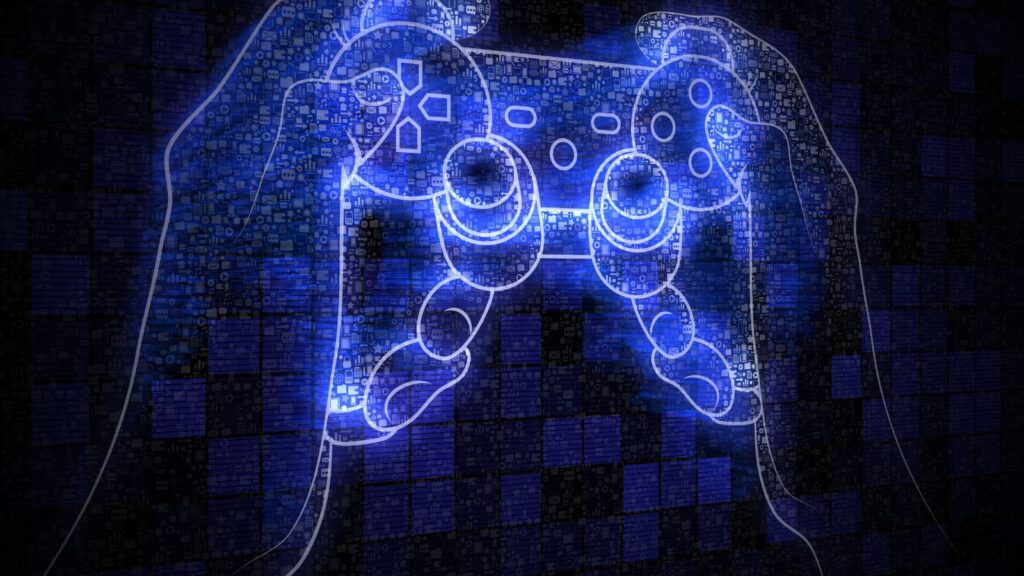
Diving into the thrilling world of video gaming, it’s impossible to overlook the fascinating realm of prototype video game. These unique creations provide a sneak peek into the game developers’ minds, revealing the raw, unpolished versions of what could potentially become the next big hit in the gaming industry.
Prototype Video Game

A prototype video game represents a preliminary version, harnessing the essence of a game concept. It’s a small-scale model, illustrating the fundamental structure and functionality, while explicitly focusing on the primary attributes. These early iterations of games provide essential interaction scenarios, encompassing the core mechanics and dynamics. They embody gameplay that’s simple yet engrossing, inviting the player to engage with the distinct modules and sequences.
For example, in a racing game prototype, a player might have access to a single race track and a limited choice of cars. The objective, in such scenarios, is to test, refine, and enhance the user experience, making adjustments according to feedback and performance metrics.
Visual and Audio Design
Graphics and Art Style

Fundamentally, the graphics and art style set the visual tone in a game. This includes everything from textures, lighting, characters, to the game world. For instance, Minecraft’s minimalist and blocky graphic style creates a unique visual identity, differentiating it from others in the market.
Known elements of a game’s visuals, like color palettes, also contribute in this regard. They help in setting the mood and atmosphere of the game, thus impacting player perception and experience. In the case of LIMBO, it uses grayscale visuals paired with eerie, shadowy figures, crafting a suspenseful and haunting atmosphere.
In addition, the interface design, including button placements and menu design, warrant meticulous consideration, particularly in mobile games. Clash of Clans, for example, implements user-friendly controls and a neatly organized interface to ensure smooth gameplay for players.
Soundtrack and Audio Effects
No less important, the soundtrack and audio effects bolster the overall sensory experience. They lend depth to the gameplay, heightening the emotional resonance. An example is the iconic music in Super Mario Bros, which adds a layer of cheerfulness and excitement to the gaming environment.
Sound effects, on the other hand, aid in providing immediate feedback to players’ actions. The distinctive sound of Pac-Man gobbling up dots, for instance, reinforces players’ actions, thereby enhancing game interactivity.

Also, the use of ambient sounds, such as the sound of rain in The Legend of Zelda: Breath of the Wild, contributes to building a dynamic and immersive game world.
In brief, striking the right balance between graphics and audio elements remains integral to the success of a prototype video game, ultimately influencing the final product’s user interaction and overall game appeal.
Critical Reception and Player Feedback
Community responses, on the other hand, offer a more direct understanding of the player’s experience. They stem from a diverse cross-section of players who share their thoughts, reactions, and suggestions in forums, social media platforms, and beta testing feedback forms. This direct communication from the gamers is often raw and unfiltered, providing firsthand information on what components of the prototype work and which need revisions.
Take, for example, popular gaming forums like Reddit and Steam where user discussion threads frequently shape the development trajectory of prototype games. Developers can directly interact with their player base, gain insights from their experiences, and take note of issues players encounter. These forums foster a dynamic and collaborative space where both developers and players can work together to build a more immersive and engaging final product.
The Crucial Role of Prototype Video Games in Development
Prototype video game serve as a critical tool for developers, enabling them to experiment with game mechanics, visuals, and audio. They’re not just rough drafts but a glimpse into the creative process, often shaping the final product. They’re an open platform for collaboration, fostering enhancements based on player experiences. It’s clear that prototype games hold a significant place in game development, influencing the trajectory of final products, and ultimately, the gaming industry as a whole.


